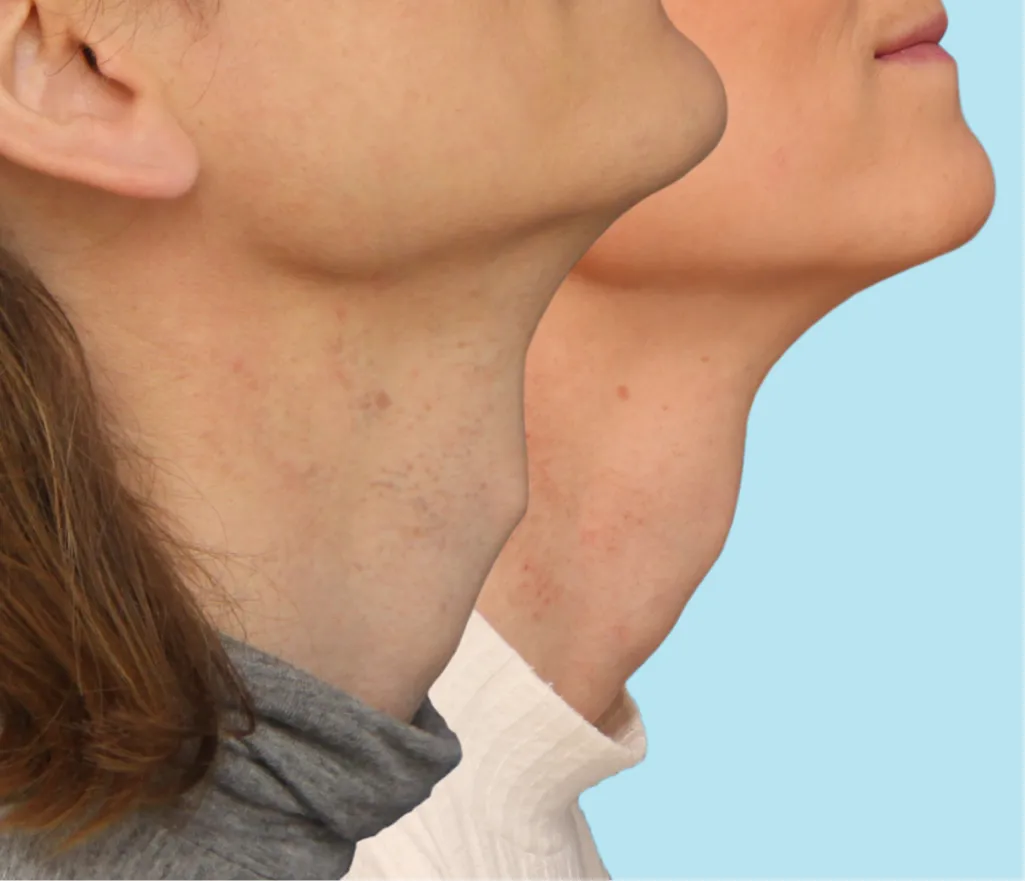Post-Tracheal Shave Care Instructions

Facial feminization surgery (FFS) is becoming increasingly popular as many people choose to undergo transformational procedures to enhance their physical appearance. A tracheal shave, also referred to as a chondrolaryngoplasty, is one of the most popular FFS surgeries performed on transgender women that helps feminize the face by reducing the Adam’s apple protrusion. This type of surgery is also gaining popularity among cisgender women, primarily in the entertainment industry, who are looking for a more aesthetic and balanced neck appearance. In this article, we explore everything you need to know about tracheal shave to help you decide if it’s right for you.
What is Tracheal Shave?
A tracheal shave is a surgical procedure designed to alter the shape or size of the Adam’s apple, officially known as the laryngeal prominence. The procedure is performed by carefully removing the cartilage in the voice box through a small incision in the neck to create a smoother and more feminine neckline. This procedure requires a skilled surgeon, as it is essential to ensure that the vocal cords stay unaffected after surgery. A tracheal shave can be performed alone or as a part of a series of facial feminization surgeries.
Who Should Consider Tracheal Shave?
A tracheal shave is a popular surgical option for people who have a visible Adam’s apple, causing an imbalance in the neck area. It’s worth noting that the procedure isn’t restricted to transgender women. Many cisgender women who feel self-conscious about their Adam’s apple are seeking the procedure as well. The surgery can be performed on individuals of any age, as long as they’re in good physical and emotional health. It’s essential to schedule a consultation with a qualified plastic surgeon to determine your eligibility for the procedure.
Risks and Benefits
Like every surgical procedure, a tracheal shave comes with a set of risks and benefits. The benefits of tracheal shave surgery include improved self-esteem and enhanced neck and jawline aesthetics. The risks associated with this procedure are minimal, with some of the most common ones being temporary numbness, scarring, and infection. However, these risks can be managed at follow-up check-ups and consultations.
Procedure and Recovery Process
Tracheal shave surgery is typically performed under general anesthesia and lasts for about 45 minutes to an hour. Once the procedure is over, the surgeon will place a dressing over the incision site, and a tube may be inserted to drain blood and fluids. After the surgery, it’s advisable to avoid strenuous activities for a few weeks and maintain a healthy and balanced diet to facilitate healing. You may experience temporary swelling, bruising, and discomfort but should return to work within two to three days following the procedure.
Tracheal shave surgery is a safe and effective surgical procedure that has helped many people boost their self-esteem and enhance their physical appearance. If you’re considering undergoing this surgery, it’s crucial to research extensively and consult a qualified plastic surgeon to help you make an informed decision. While the procedure comes with some risks and benefits, the long-term results can be life-changing. Hopefully, with the right information and guidance, you can make an informed decision about your journey towards self-improvement.


